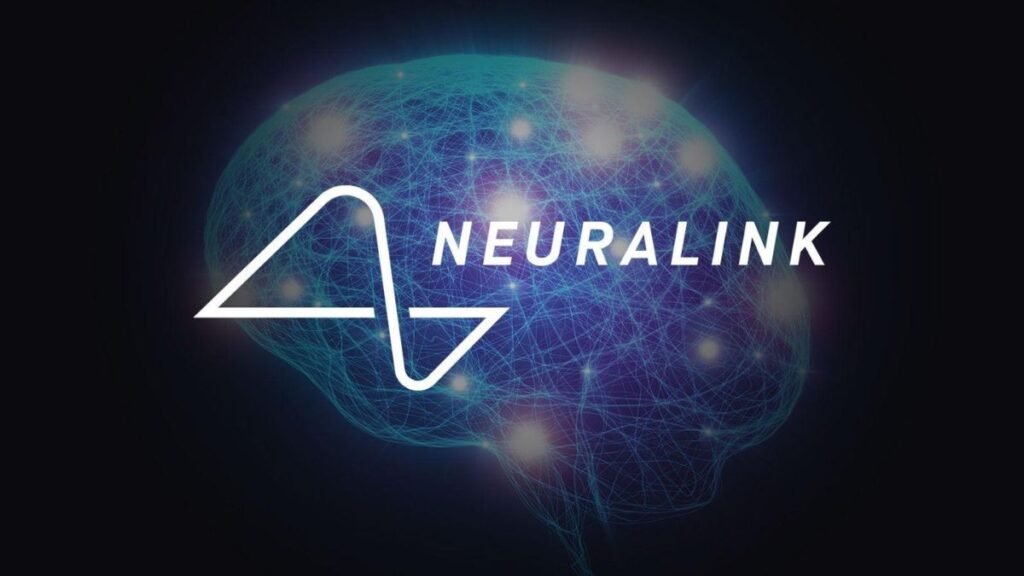
Introduction
In the rapidly evolving world of technology, Neural Interface Technology (NIT) stands out as a groundbreaking advancement with the potential to revolutionize how we interact with machines. This article delves into the intricacies of NIT, exploring its current developments, potential applications, and the impact it could have on various aspects of our lives.
What is Neural Interface Technology?
Neural Interface Technology, often referred to as brain-computer interface (BCI), involves direct communication pathways between a device and the human brain. This technology bypasses conventional modes of interaction (like keyboards and touchscreens) and allows for direct brain signals to control external devices, offering a new realm of possibilities in various fields.

Current Developments in Neural Interface Technology
Recent advancements in NIT have been impressive. Companies like Neuralink have made headlines with their efforts to develop ultra-high bandwidth brain-machine interfaces. These developments are primarily focused on medical applications, such as helping individuals with paralysis regain mobility or communication capabilities. Research in NIT is also exploring cognitive enhancement, potentially allowing users to augment their mental capabilities.
Potential Applications of Neural Interface Technology
- Medical Breakthroughs: One of the most promising applications of NIT is in the field of medicine. It could offer new treatments for neurological disorders, paralysis, and brain injuries, improving the quality of life for millions.
- Enhanced Learning: NIT could revolutionize education by facilitating direct brain-to-computer learning processes, potentially making learning faster and more efficient.
- Gaming and Virtual Reality: In the entertainment sector, NIT could lead to more immersive gaming and virtual reality experiences, with users controlling the environment through their thoughts.
- Accessibility: For people with disabilities, NIT can provide unprecedented access to technology, allowing for seamless interaction with computers and smart environments.
- Workplace Efficiency: In professional settings, NIT could enhance productivity by enabling workers to control machinery or computers directly with their thoughts.
The Ethical and Social Implications
While the potential of NIT is enormous, it also raises significant ethical and social concerns. Issues such as privacy, data security, and the potential for inequality in access to this technology are critical considerations. There is a growing discourse on establishing regulations and ethical guidelines to ensure the safe and equitable use of NIT.
Challenges and Future Prospects
The road to mainstream NIT is fraught with challenges. Technical hurdles, such as creating non-invasive yet effective interfaces, are significant. Moreover, there is the challenge of making this technology affordable and accessible to the broader public. Despite these challenges, the future of NIT is promising, with continuous research and development paving the way for more advanced and user-friendly interfaces.
Conclusion
Neural Interface Technology is at the frontier of the next technological revolution, offering possibilities that were once considered science fiction. As we stand on the brink of this new era, it is vital to foster responsible development and use of NIT, ensuring it serves to enhance and enrich human life. The journey of NIT is just beginning, and its trajectory will be one of the most exciting developments to watch in the coming years.
FAQs about Neural Interface Technology
- Q1: Is Neural Interface Technology safe?
- A1: Current research and development are heavily focused on ensuring the safety of NIT. However, as with any emerging technology, continuous monitoring and evaluation are necessary.
- Q2: How soon can we expect widespread adoption of NIT?
- A2: Widespread adoption may take several years, as the technology is still in the developmental stage and needs to overcome various technical and ethical challenges.
- Q3: Will NIT be accessible to everyone?
- A3: Making NIT accessible to everyone is a goal for many developers in this field, but this will depend on reducing costs and increasing the technology’s usability.
Also read about our post on Huawei Introduces the AITO M5 EV: A Bold Step into Electric Mobility










































